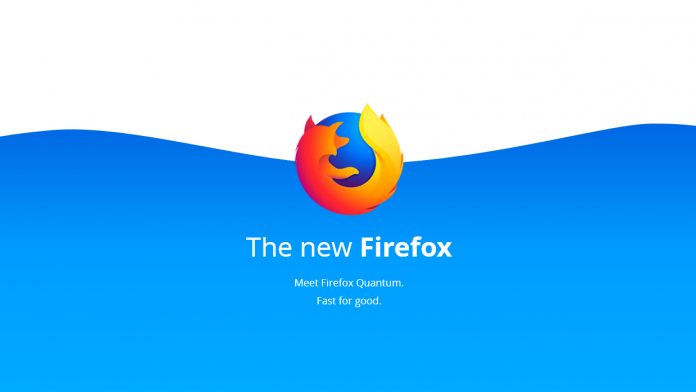In response to its dwindling use, Mozilla will axe default support in its browser. Firefox 69 will cut out the plugin with its Nightly test build, requiring users to enable it manually if it’s required. The said that this change meets its Flash depreciation roadmap. Fortunately, few people will miss this functionality. According to W3Techs, 3.9% of today’s websites use the plugin. Technologies like WebAssembly, HTML5, and WebGL have filled the gap in a much more efficient and secure way.
Security Issues
Adobe has a fabled history in web interactivity, powering it since 1996. Unfortunately, though, it’s tale marred by security issues and several zero-day exploits. In 2010, Adobe was forced to make an official apology after it took over a year to fix a known vulnerability. In June 2010 it reported another critical vulnerability, with another coming from Android devices in October of that year. Similar issues arose in 2013, and 2016, and 2017. In December 2018, a zero-day exploit was found that utilized Office documents to gain command line access. Other tech companies have their own roadmaps for depreciating Flash. Chrome will remove it entirely by 2020, and ask for permission more in the meantime. Microsoft will disable it by default in Edge and Internet Explorer by mid-2019, and remove it from Windows in 2020. Until then, the tech giant has implemented extra security measures, automatically updating the plugin and running it in a separate AppContainer.




